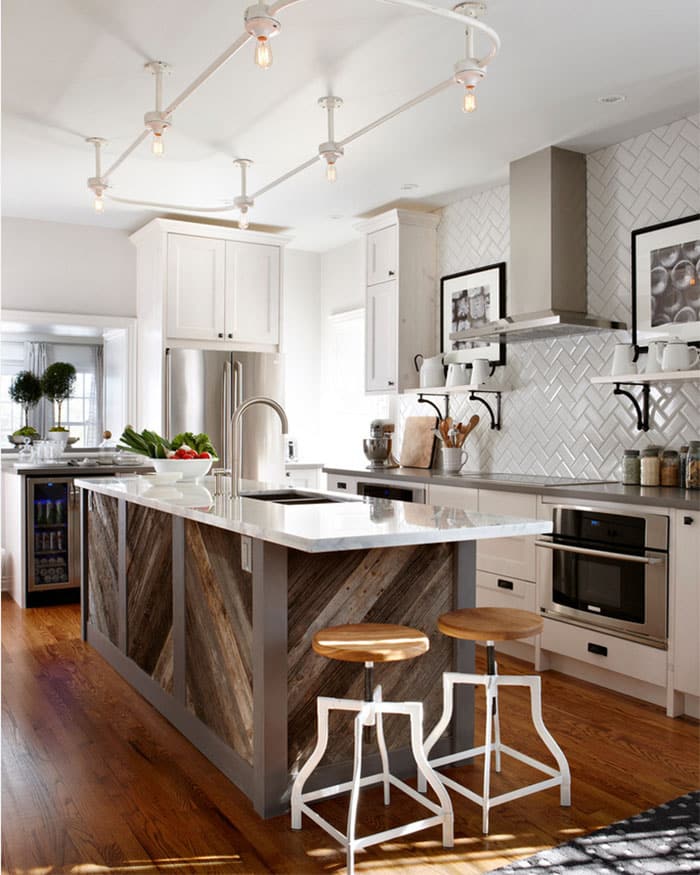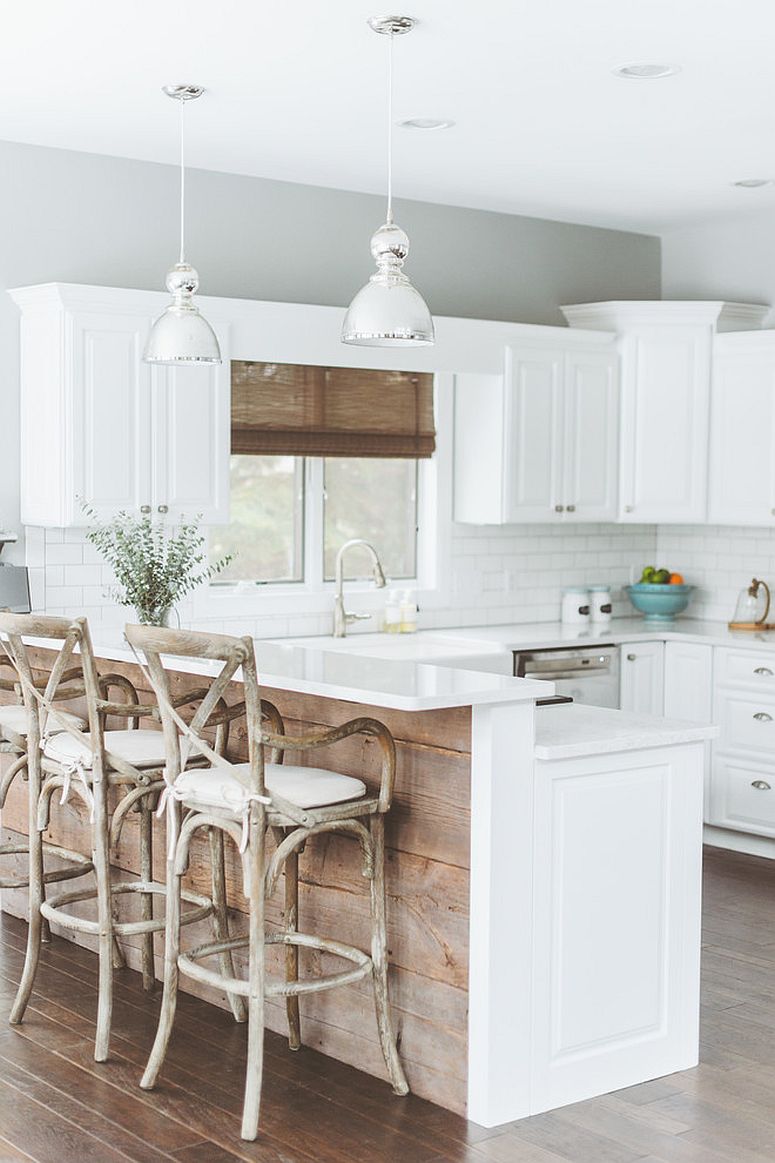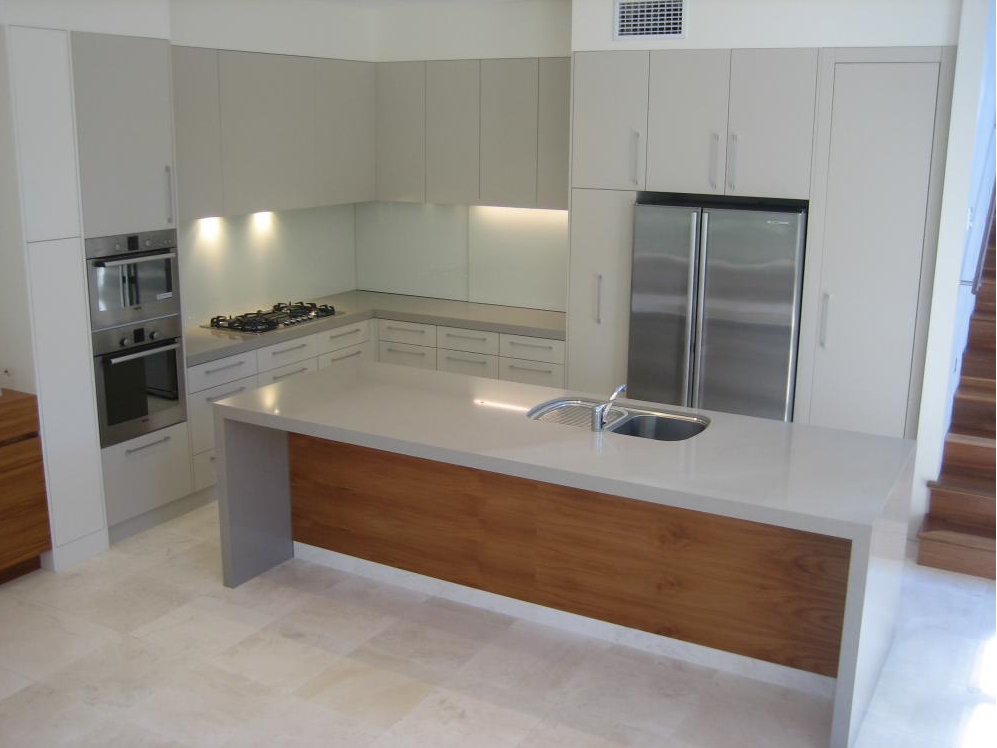Kitchen island wood panels are a popular design choice for both traditional and modern kitchens, adding warmth, texture, and a natural feel to the heart of the home. A kitchen island is often the focal point of the kitchen, serving as a multifunctional area for food preparation, dining, and socializing. The type of material used for the island’s exterior can significantly influence the kitchen’s overall aesthetic and functionality. Wood panels provide a timeless and versatile option that can be tailored to suit various design styles, from rustic and farmhouse to sleek and contemporary. By choosing wood panels for a kitchen island, homeowners can create a space that feels both inviting and functional.
One of the main advantages of using wood panels for kitchen islands is the variety of wood species available, each offering distinct characteristics in terms of color, grain, and durability. Common options include oak, maple, cherry, walnut, and pine, all of which bring unique aesthetics to the kitchen. For example, oak offers a traditional look with strong grain patterns, while walnut provides a rich, darker tone that lends itself to more modern designs. Each wood type has its own level of hardness and resilience, so it’s important to consider how much wear and tear the island will face when selecting a species. Hardwoods like maple and oak are durable and can withstand heavy use, making them ideal for busy kitchens.

The finish of the wood panels is another crucial aspect to consider. Depending on the design goals, homeowners can choose from a range of finishes, including stained, painted, or natural wood. Staining enhances the wood’s natural grain and color, giving it a more rustic or classic look, while painted wood panels allow for greater customization and can match a wide array of color schemes. For a minimalist or modern aesthetic, opting for a matte or semi-gloss finish on natural wood panels can bring a clean, sophisticated look to the kitchen. The choice of finish not only affects the appearance but also the durability of the panels, as some finishes offer better protection against moisture and wear.
Wood panels also provide an opportunity for adding architectural details and texture to the kitchen island. Shiplap, beadboard, and tongue-and-groove are popular wood paneling styles that can add character and interest to the island. These styles offer a sense of depth and dimension, turning the kitchen island into a statement piece. For those looking for a more refined, classic look, raised paneling or recessed paneling can be used to create a formal, elegant feel. The style of the paneling should complement the overall kitchen design to ensure a cohesive and harmonious look.

One of the appealing aspects of wood is its warmth, both in appearance and feel. While other materials like stainless steel or stone can create a sleek and modern aesthetic, they often feel cold or impersonal. Wood, on the other hand, adds a sense of coziness and comfort, making the kitchen island feel like a welcoming gathering space. This is especially important in open-concept kitchens where the island is visible from other areas of the home. The natural warmth of wood helps to soften the space and make it more inviting, creating a balance between form and function.
Another key benefit of using wood panels for a kitchen island is their versatility. Wood can be shaped, stained, or painted to match nearly any design vision. For instance, in a contemporary kitchen, clean, flat wood panels with a smooth finish can provide a minimalist look, while a more rustic kitchen might feature distressed wood panels with visible knots and grain. The ability to customize wood to match various styles and preferences makes it an ideal material for homeowners looking to personalize their kitchen space. Additionally, wood panels can be paired with other materials, such as stone countertops or metal hardware, to create a balanced, mixed-material design.

Durability is an important consideration when choosing kitchen island materials, and wood panels can be highly durable if properly cared for. With regular maintenance, such as sealing or oiling, wood can withstand the daily wear and tear of a busy kitchen. However, wood is more susceptible to scratches, dents, and moisture damage than materials like stone or metal. It’s essential to choose high-quality wood and apply protective finishes to enhance its longevity. Some wood species, like oak and maple, are naturally more resistant to damage, making them better suited for high-traffic kitchens. Regular cleaning and periodic refinishing can help keep wood panels looking their best for years.
In addition to their aesthetic appeal, wood panels also contribute to the kitchen’s acoustics. Unlike hard, reflective surfaces like tile or stone, wood absorbs sound, which can help reduce noise levels in the kitchen. This can be especially beneficial in open-plan homes, where sound can easily carry from the kitchen to other living areas. The natural sound-dampening qualities of wood make it an excellent choice for creating a quieter, more peaceful kitchen environment, especially in homes where the kitchen is a hub of activity.
Sustainability is another important factor to consider when choosing kitchen materials, and wood can be a more environmentally friendly option compared to synthetic materials. Many wood panels are sourced from sustainable forests, and homeowners can opt for reclaimed or salvaged wood to further reduce the environmental impact. Using reclaimed wood panels for a kitchen island not only adds character and a sense of history to the space but also supports eco-friendly building practices. Wood is also biodegradable, making it a greener option at the end of its life cycle compared to non-renewable materials like plastic or metal.

One of the unique advantages of wood panels is their ability to be refinished or repaired over time. Unlike other materials that may need to be completely replaced if they become damaged, wood can often be sanded down, refinished, or repainted to restore its original beauty. This makes wood panels a more cost-effective option in the long run, as they can be refreshed rather than replaced. This adaptability also allows homeowners to update the look of their kitchen without the expense of a full renovation. For example, a simple change in stain or paint color can transform the appearance of the kitchen island, giving it a fresh new look.
Wood panels can also be integrated into kitchen islands in more creative ways. For example, homeowners may choose to use different types of wood or paneling styles to create a two-tone effect, adding visual interest and contrast to the island. Another option is to use wood paneling on only certain sections of the island, such as the front or sides, while incorporating other materials like tile or stone on the remaining surfaces. This approach allows for greater design flexibility and the opportunity to create a unique, customized kitchen island that reflects the homeowner’s personal style.
The cost of wood panels for kitchen islands can vary widely depending on the type of wood, finish, and paneling style chosen. High-end wood species like walnut or cherry will be more expensive than more common woods like oak or pine. Additionally, custom paneling or intricate detailing can add to the overall cost. However, for many homeowners, the investment in wood panels is worth the price due to the material’s durability, beauty, and timeless appeal. Budget-conscious homeowners may choose to use wood veneer panels instead of solid wood, which can provide a similar look at a lower cost.

When planning a kitchen renovation, it’s important to consider how the wood paneling on the kitchen island will coordinate with other elements in the space, such as cabinetry, countertops, and flooring. Wood panels can be used to create contrast or complement other materials, depending on the desired look. For example, pairing a wood-paneled island with white or painted cabinetry can create a striking contrast that draws attention to the island as the centerpiece of the kitchen. Alternatively, matching the wood panels to the cabinetry or flooring can create a cohesive, harmonious look.
Another aspect to keep in mind when choosing wood panels is their interaction with lighting. The natural grain and texture of wood panels can be enhanced by proper lighting, such as under-counter or pendant lighting. Wood’s natural warmth and variation in color can create a dynamic, visually interesting surface when illuminated, adding depth and character to the kitchen island. Lighting can also highlight the details of decorative paneling styles, such as beadboard or shiplap, further enhancing the island’s aesthetic appeal.
In terms of design trends, wood paneling for kitchen islands is experiencing a resurgence in popularity, particularly in contemporary and transitional kitchens. The trend toward natural materials and organic textures has led to a renewed interest in wood as a design element. Many homeowners are choosing to incorporate wood panels in unexpected ways, such as mixing them with modern materials like concrete or metal to create a balanced, eclectic look. This blend of natural and industrial elements reflects a broader trend toward creating kitchen spaces that feel both functional and inviting.

Common Mistakes to Avoid
One common mistake when incorporating wood panels into a kitchen island is selecting the wrong type of wood for the kitchen’s overall design and function. Not all wood species are created equal in terms of durability and appearance, so it’s crucial to choose a species that can withstand the demands of a busy kitchen.
Another mistake is failing to properly seal or finish the wood, which can lead to water damage or staining over time. Additionally, some homeowners may overlook the importance of regular maintenance, such as cleaning and refinishing, to preserve the wood’s appearance. Finally, improper installation can result in gaps or uneven paneling, so it’s essential to hire a professional or follow installation instructions carefully.

What types of wood are best for kitchen island panels?
The best types of wood for kitchen island panels include hardwoods like oak, maple, cherry, and walnut, which are known for their durability and resistance to wear. These species can withstand heavy use in busy kitchens while maintaining their appearance. Softwoods like pine can also be used but may require more maintenance to prevent scratches and dents.
How do I maintain wood panels on a kitchen island?
Regular cleaning with a damp cloth and gentle soap is essential to maintain wood panels. Depending on the type of finish, periodic resealing or oiling may be necessary to protect the wood from moisture and stains. For high-traffic areas, it’s a good idea to reapply a protective finish every few years to keep the panels looking fresh.
Can I paint or stain wood panels on a kitchen island?
Yes, wood panels can be painted or stained to achieve a variety of looks. Staining enhances the natural grain and color of the wood, while painting allows for more customization with color choices. Both options offer the ability to refresh the look of the kitchen island without a complete renovation.

Are wood panels durable enough for a busy kitchen?
When properly sealed and maintained, wood panels can be highly durable in a busy kitchen. Hardwoods like oak and maple are especially resistant to scratches, dents, and wear. However, it’s important to choose high-quality wood and apply protective finishes to ensure long-lasting performance in a high-traffic area like the kitchen island.
Can wood panels on a kitchen island be repaired?
Yes, one of the advantages of wood panels is that they can often be repaired rather than replaced. Minor scratches or dents can be sanded down and refinished, while larger damages can be addressed by replacing individual panels. This makes wood a cost-effective option in the long term, as it can be restored rather than discarded.
What are the design options for kitchen island wood panels?
There are numerous design options for wood panels, including different species of wood, finishes, and paneling styles like shiplap, beadboard, or raised paneling. Homeowners can also choose between natural wood, painted panels, or stained finishes to match their kitchen’s aesthetic. The versatility of wood panels allows for endless customization possibilities, making them suitable for both traditional and modern kitchens.

Related Posts: